'You need a word at least as strong as magic’ to describe Bryce Canyon National Park
Happy Anniversary, Bryce Canyon!
The national park marks its 100th year within the National Park Service on Thursday and has events planned all year long. And there’s certainly a lot to celebrate.
From its iconic hoodoo rock formations to its dazzling night sky, Bryce Canyon’s sights are simply breathtaking.
“I think this is a landscape that many people still don’t realize even exists on the planet, much less in their own country,” Bryce Canyon visual information specialist and spokesman Peter Densmore said in a video on the park’s website. “Coming here and seeing that for themselves, I think you need a word at least as strong as magic to describe what that experience is like.”
Here’s what visitors should know about Bryce Canyon, the latest national park in USA TODAY’s yearlong series:
Love nature but hate crowds? America's least-visited national parks are perfect for you
Which state has the most national parks? Get to know America's 63 national parks
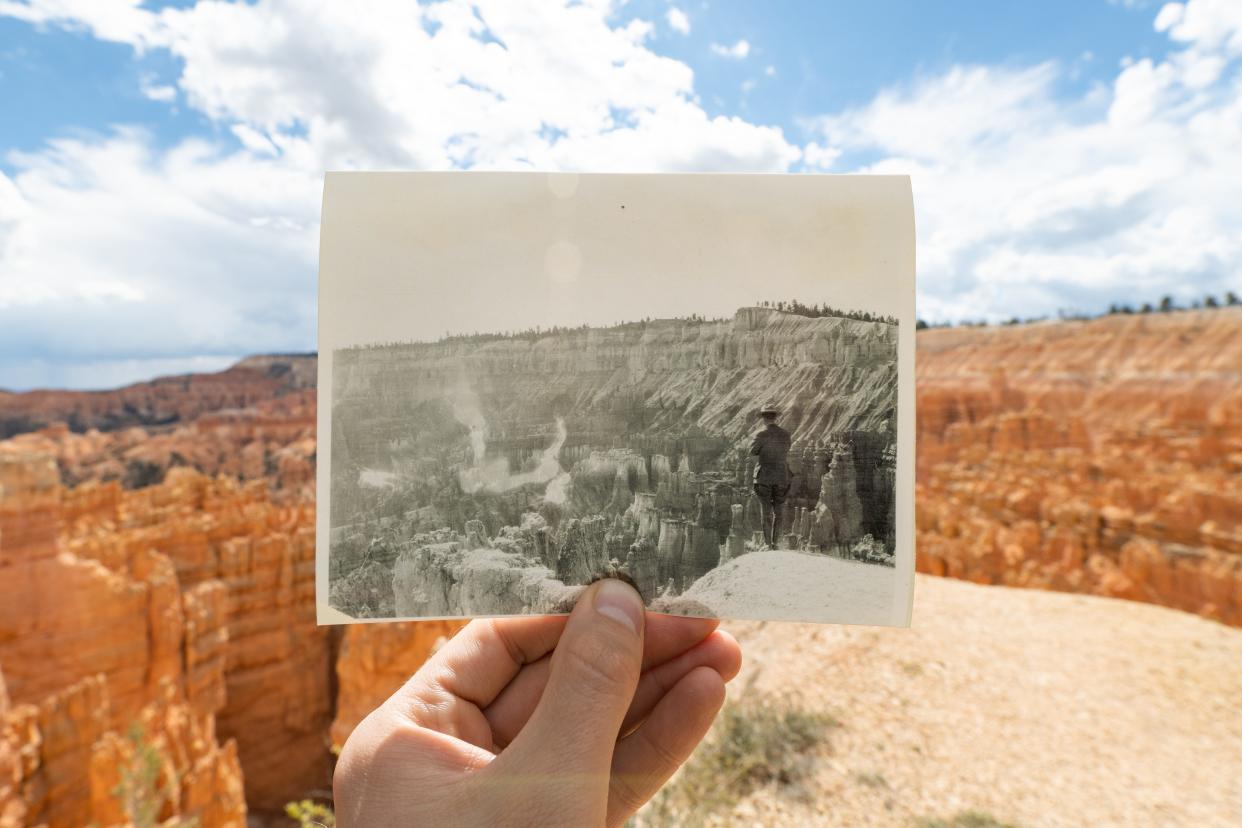
Why is Bryce Canyon so famous?
Bryce Canyon has the highest concentration of hoodoos in the world. Hoodoos are rocky spires that have been sculpted by erosion over time. “Hoodoo comes from a Southern Paiute word, oo’doo, which describes something that is scary or inspires fear. This is connected to the Paiute legend of this area, which tells of the Legend People being turned to stone by the trickster god Coyote as punishment,” Densmore told USA TODAY.
The park also has some of the longest views on the continent. On especially clear days, he said visitors at Yovimpa Point can see Humphreys Peak in Arizona, 150 miles away across the Grand Canyon.
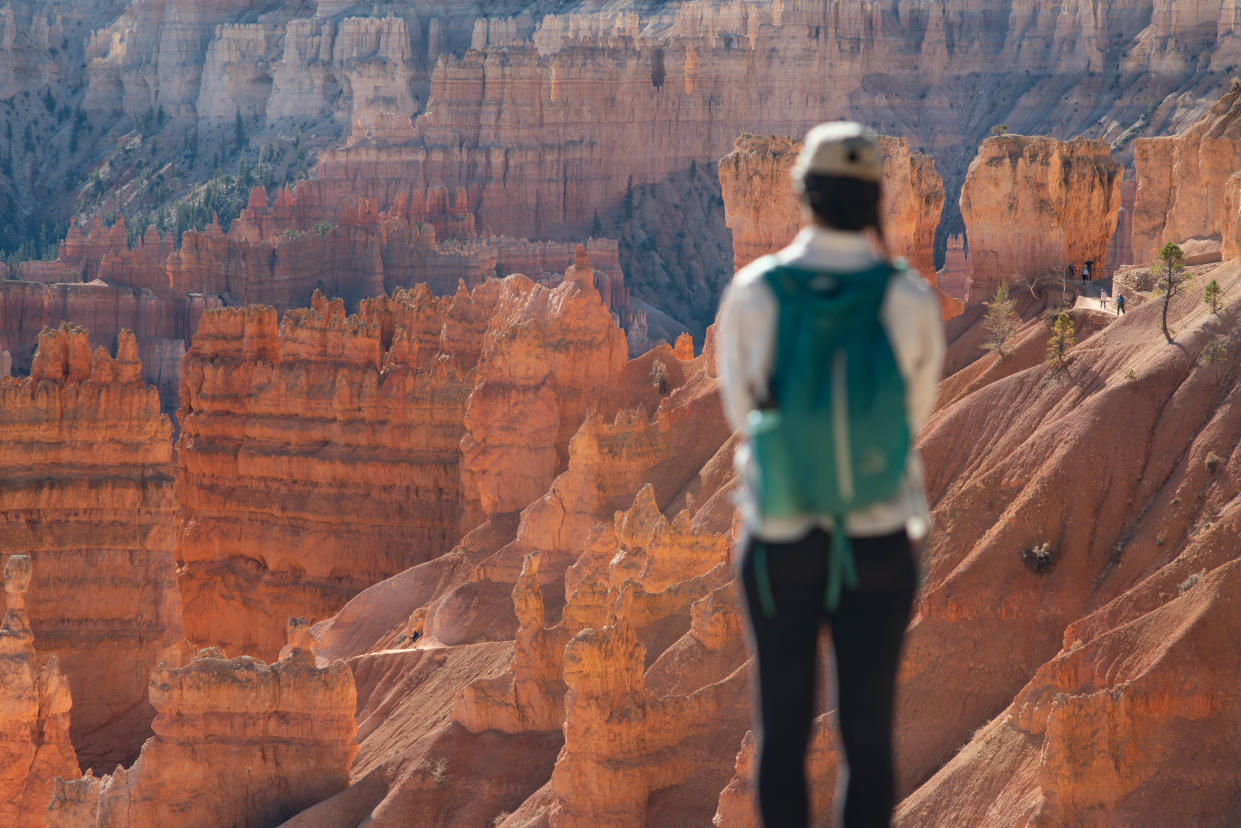
“Standing there at the southern edge of the plateau, one stands upon the top step of the Grand Staircase – a series of colorful cliffs linking the Grand Canyon to Bryce Canyon,” Densmore said. “This sequence contains one of the Earth’s most complete fossil records of the last 200 million years, including the last supercontinents, the first dinosaurs and flowering plants, and within Bryce Canyon’s Pink Cliffs the dawn of recent life.”
The park is also a stargazer's paradise with official International Dark Sky status. “The park’s clean air, high elevation and remote location combine to offer some of the nation’s darkest skies accessible by a paved road,” Densmore added. He noted the park has the “longest continually running astronomy program in the National Park Service,” going back to 1969.
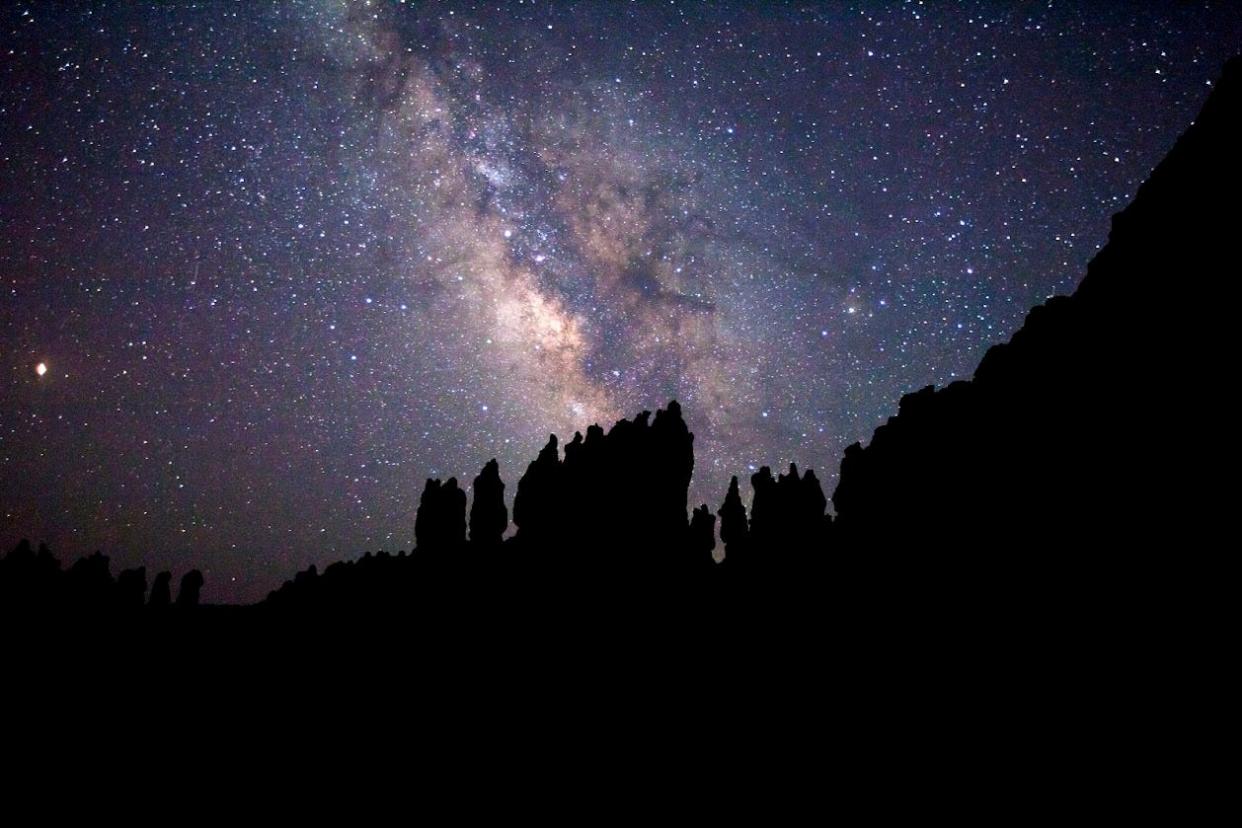
What is unique about Bryce Canyon?
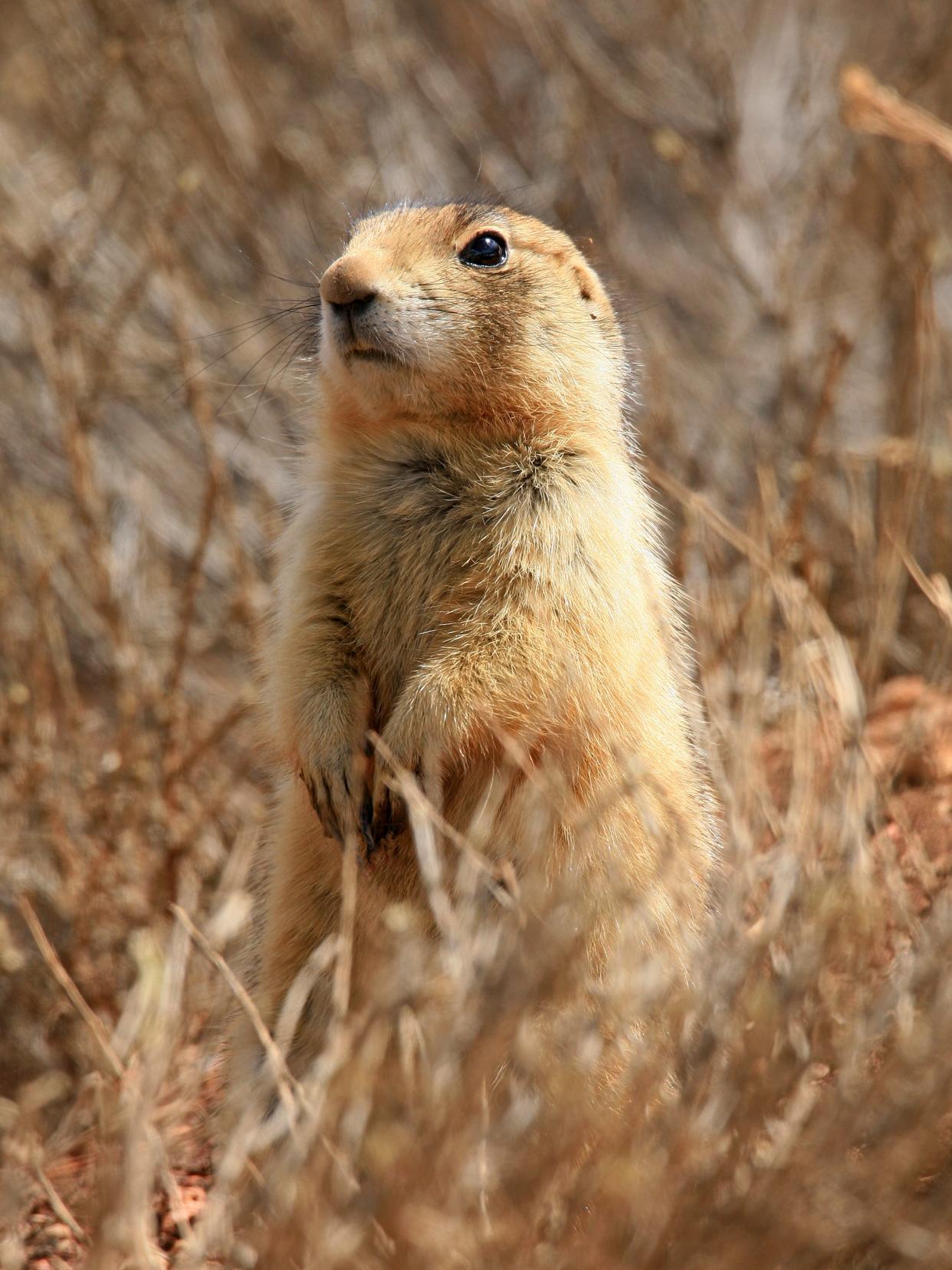
Bryce Canyon is the only national park with Utah Prairie Dogs.
It has three different climate zones.
And it’s not actually a canyon because it doesn’t have a river, but “rather an eroding plateau margin that retreats 1 to 4 feet a century – about the rate your fingernails grow,” according to Densmore.
What is the best time of year to visit Bryce Canyon in Utah?
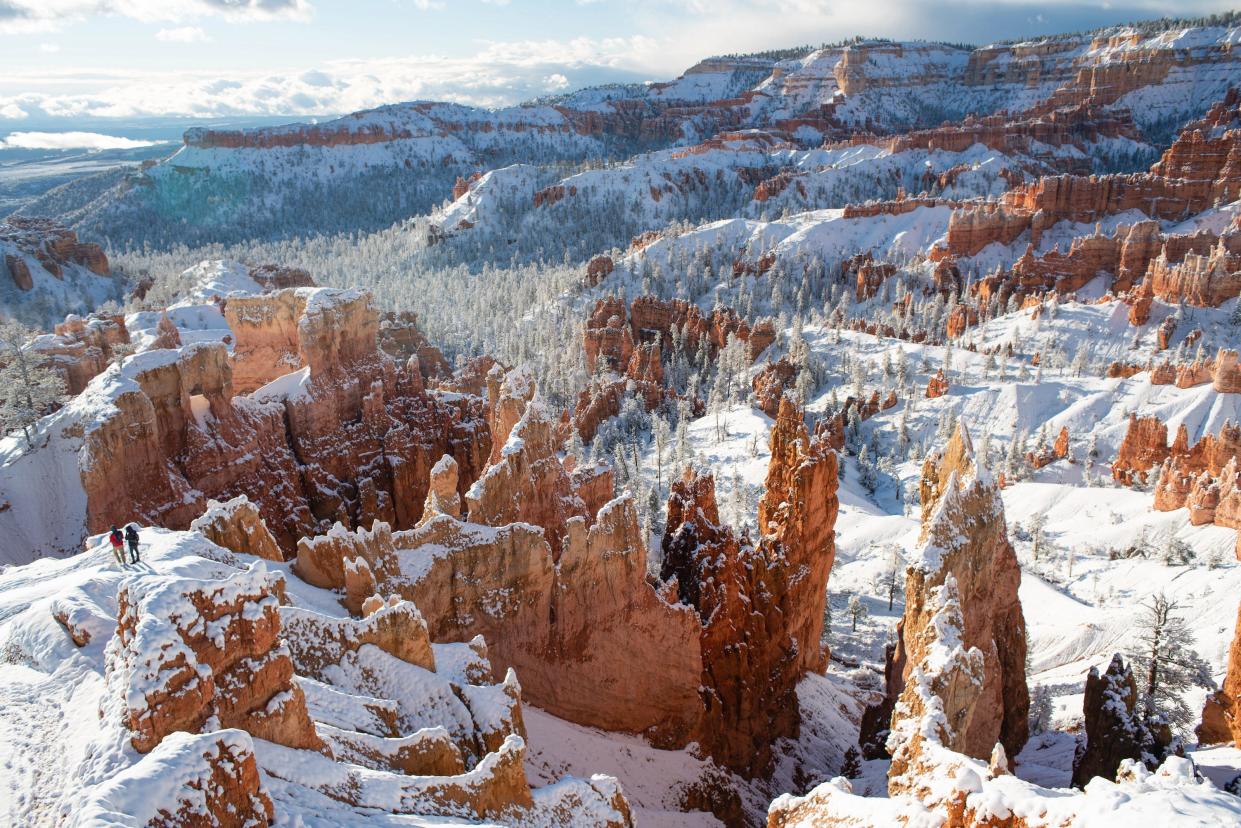
“There’s truly not a bad time to visit Bryce Canyon National Park,” Densmore said. He called winter a “fantastic and blissfully quiet time to visit” as snow blankets the park’s red rocks.
“Personally, I really enjoy May after a winter in the park,” he said, noting that it can still snow into May, but that’s when overnight lows begin to stay above freezing. “The butterscotch fragrance of ponderosa pines and the songs of returning migratory birds are both in the air, and an array of often very small but dazzling wildflowers begin to reappear below.”
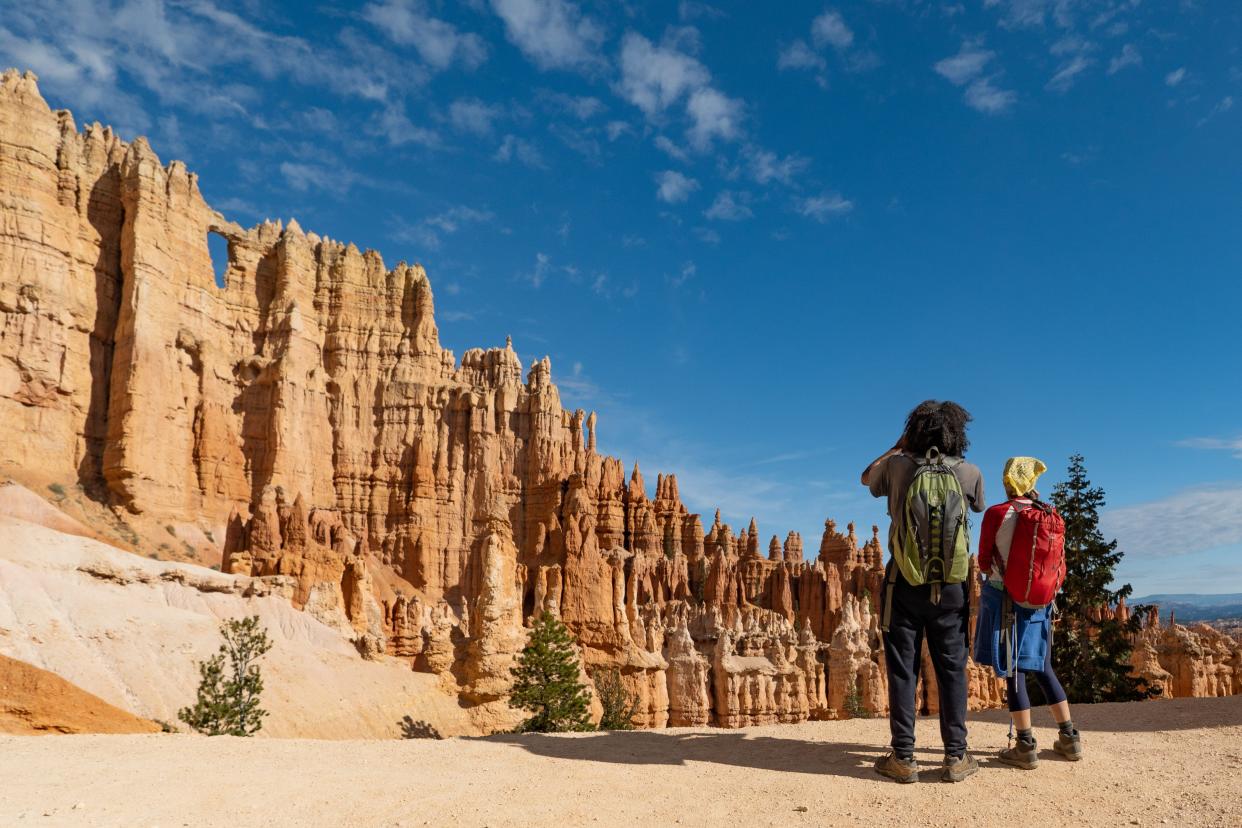
Summer and early fall are popular times to visit the park, which is one of the most visited national parks in the country.
Because it's so high up, Densmore said Bryce Canyon is typically 10 to 15 degrees cooler than nearby parks in the summer. But that elevation is also why he warns visitors to watch out for lightning strikes during monsoonal storms in July and August.
A road trip like no other: Utah’s ‘Mighty 5’ national parks in stunning photos
Leave your cash at home: What to know as more national parks go cashless
Where is Bryce Canyon located exactly?
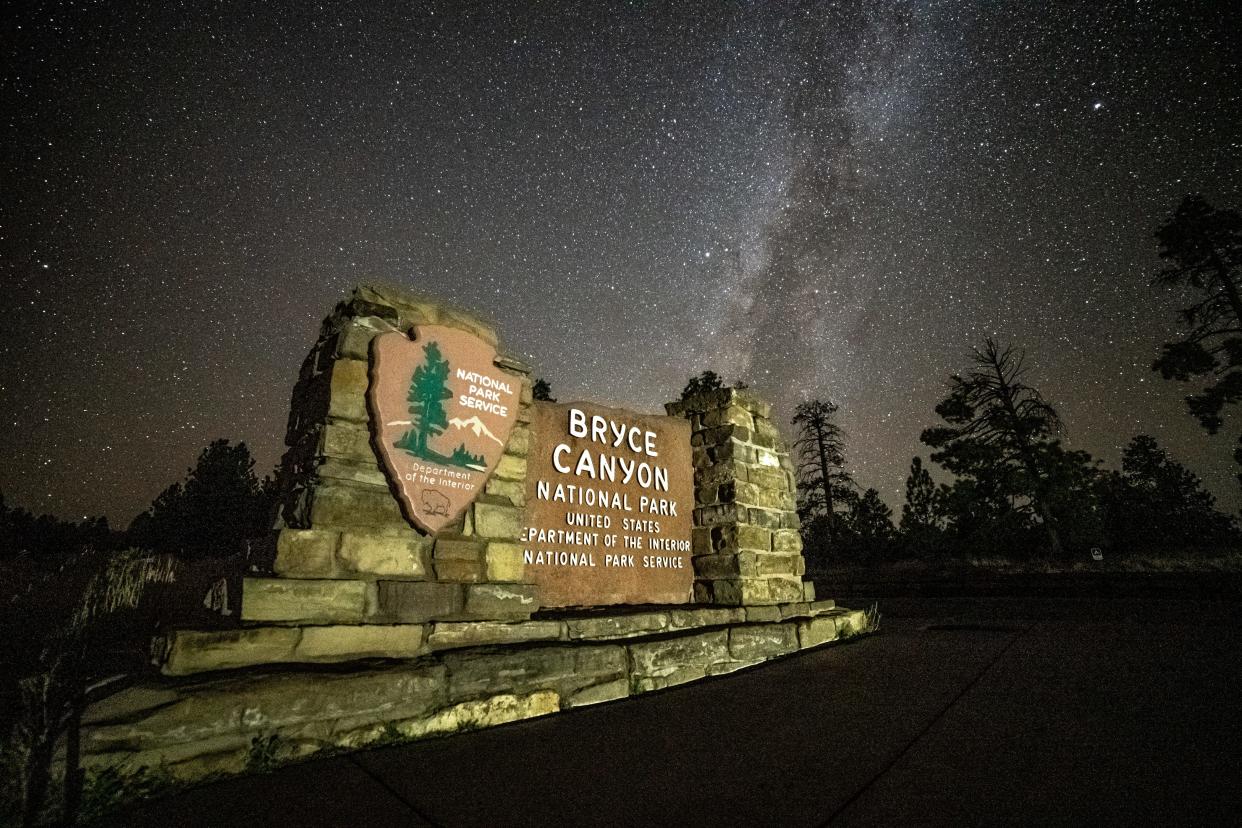
Bryce Canyon National Park is located in Southern Utah, within a couple hours’ drive of both Zion National Park and Capitol Reef National Park.
The closest city is Cedar City, which is about an hour and a half away by car, though there are smaller towns nearby.
Travelers can fly into Cedar City Regional Airport, connecting through Salt Lake City. Driving from Salt Lake City takes about four hours. Another option is to fly into Harry Reid International Airport in Las Vegas, also about four hours away, and take a road trip that includes other parks.
Can you just drive through Bryce Canyon?
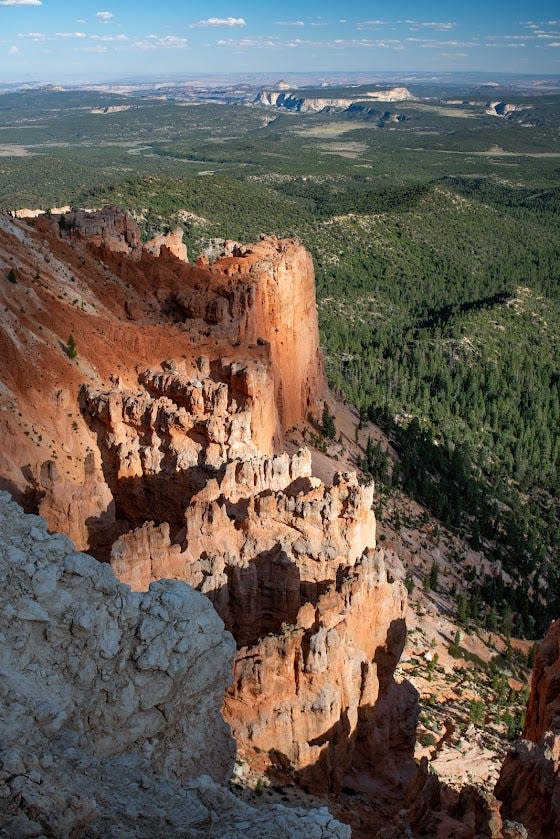
Visitors can see Bryce Amphitheater and nine overlooks, along the park’s main road, which stretches 18 miles and climbs over 1,100 feet from start to finish.
The park says it takes about two to three hours for a roundtrip, including stops to take in the scenery. It recommends driving straight to the Rainbow and Yovimpa viewpoints at the end of the road, then stopping at other outlooks on the way back.
National parks challenge: This family spent 6 years visiting every park before their kids grew up
Reservations required: Don't get turned away from these national parks this summer
Is Bryce Canyon or Zion better?
Both parks are spectacular in their own right and part of the Mighty 5 national parks of Utah, which also include Arches, Canyonlands and Capitol Reef.
Bryce Canyon is the smallest and highest of them, with 56 square miles, an average elevation of 8,000 feet and some areas topping 9,000 feet above sea level, according to Densmore.
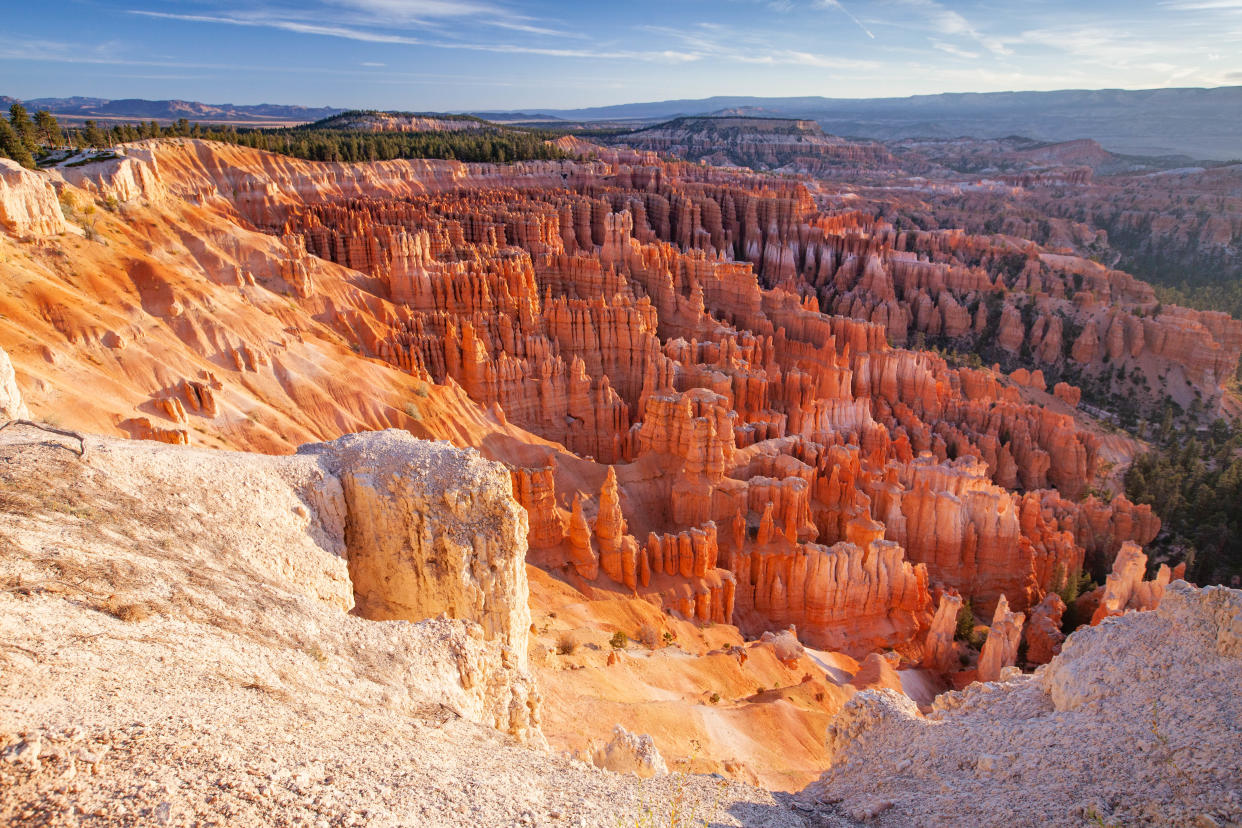
What Native tribes lived in Bryce Canyon?
According to the National Park Service, Fremont and Anasazi people lived near Bryce Canyon from around 200 to 1200 A.D., and Paiute Indians lived in the area starting at around 1200 A.D.
“All directions around this canyon, there were different Southern Paiute bands that aren't here today, but were here in the past and their descendants still live on,” Glendora Homer of the Kaibab Band of Paiute Indians said in a video on the park's website. “The Paiutes are still here.”
Hopi, Zuni, Ute and Navajo peoples are also connected to the land.
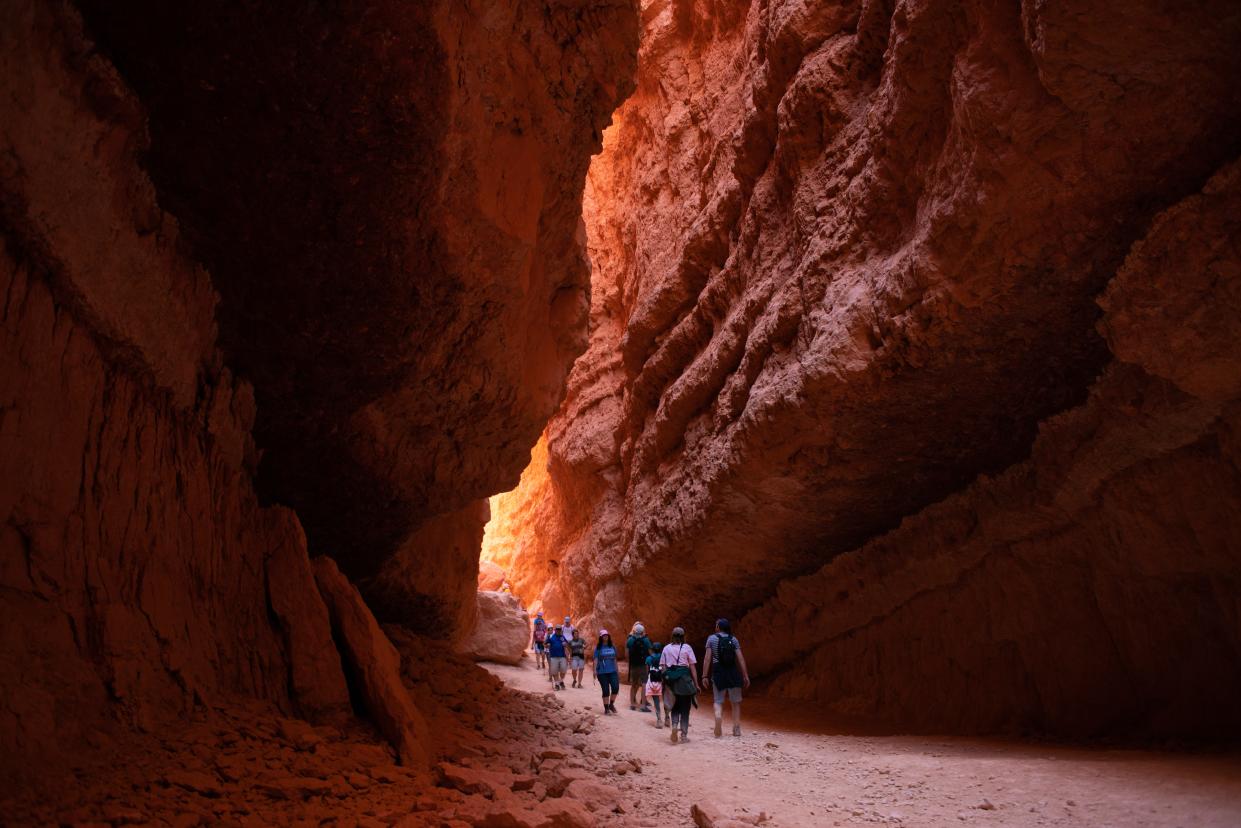
More like this
Acadia: This national park has drawn people for thousands of years
Big Bend: This national park was "Texas’ gift to the nation"
Biscayne: This national park is 95% water, 100% worth visiting
Black Canyon of the Gunnison: Photos don’t do this national park justice
This article originally appeared on USA TODAY: Bryce Canyon National Park marks 100 years of ‘magic’